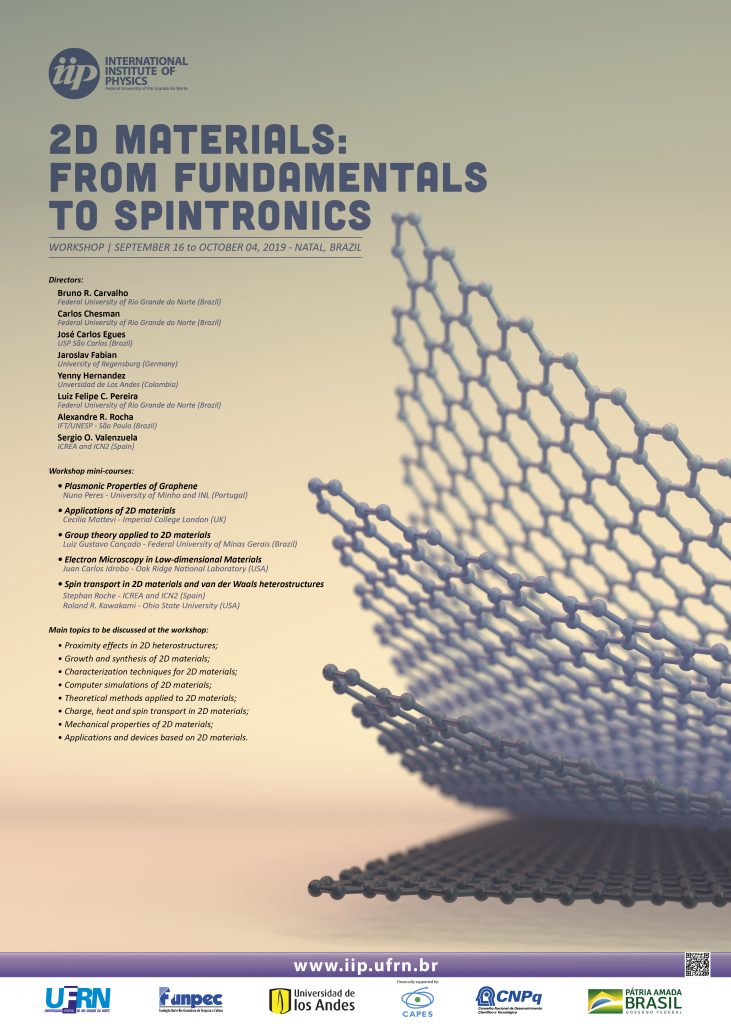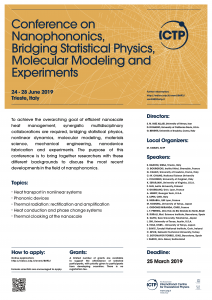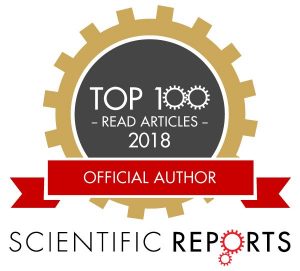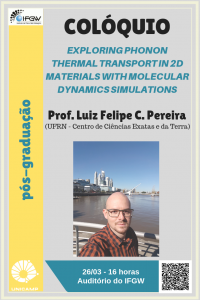Our event 2D Materials: from fundamentals to spintronics begins today at the International Institute of Physics of the Federal University of Rio Grande do Norte.
This three-week event began with a proposal submitted almost two years ago to the International Advisory Committee of the IIP. This combined school and workshop will bring together scientists specialized in theoretical, experimental and computational tools, to present the latest advances in methodology and techniques applied to the study of 2D materials. All aspects of 2D materials from fundamental properties to applications will be discussed, including recent advances on synthesis, characterization, modeling, and devices. Furthermore, particular attention will be given to spin-related phenomena in 2D materials, focusing on the emerging area of 2D spintronics.
We hope that lecturers and participants will enjoy the event we put together and that fruitful collaborations will follow for all involved.







